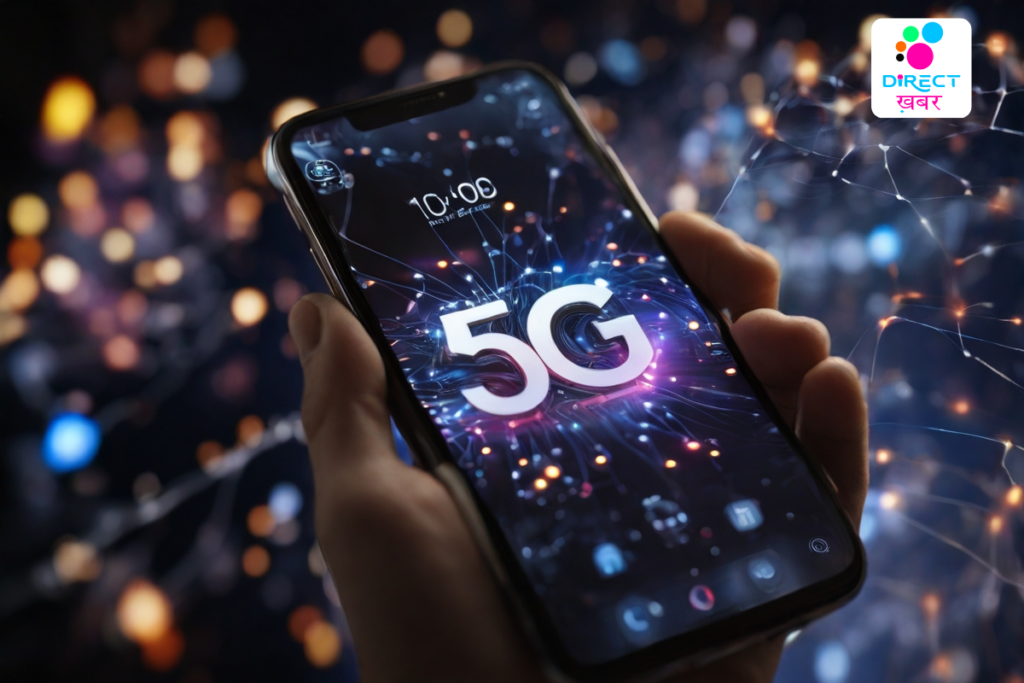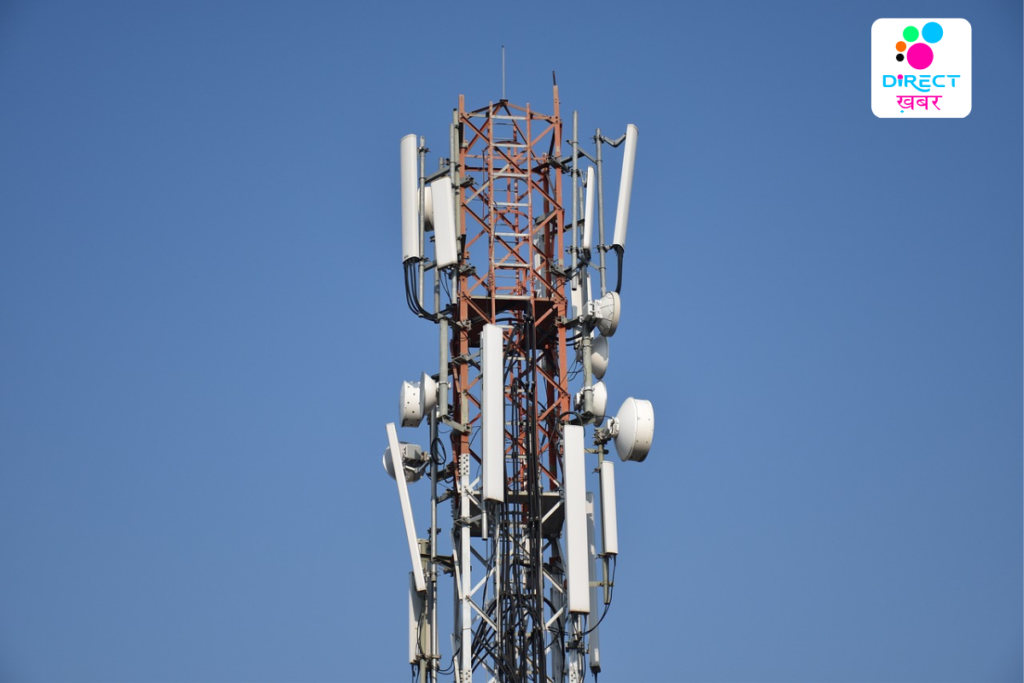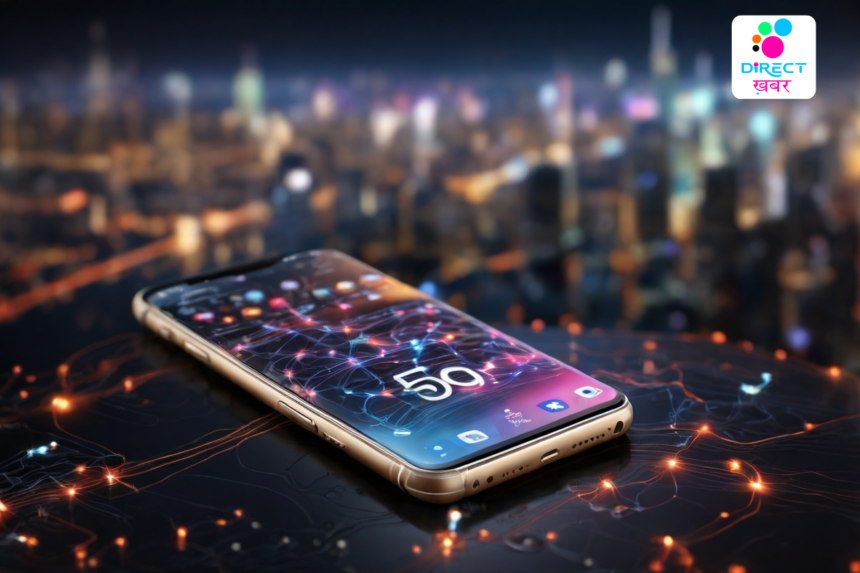5G’s Impact on Smartphones: Revolutionizing Connectivity
The advent of 5G technology marks a pivotal moment in the evolution of smartphone connectivity. As the next generation of wireless technology, 5G promises to revolutionize the way we use smartphones, offering faster speeds, lower latency, and increased capacity. In this article, we’ll explore how 5G is set to transform smartphones and revolutionize the way we communicate, work, and interact with the world around us.
Speed and Performance Boost:
- 5G’s primary appeal lies in its unprecedented speed and performance capabilities.
- With download speeds potentially reaching up to 10 gigabits per second, users can expect lightning-fast downloads and seamless streaming experiences.
- The reduced latency of 5G networks ensures quicker response times in smartphone, making real-time applications such as gaming and video calling more immersive and responsive.
- Faster speeds also enable the adoption of bandwidth-intensive technologies like augmented reality (AR) and virtual reality (VR), opening up new possibilities for entertainment, education, and enterprise applications.

Enhanced Connectivity:
- 5G networks boast greater capacity and reliability compared to their predecessors, enabling more devices to connect simultaneously without sacrificing performance.
- This enhanced connectivity is particularly beneficial in densely populated areas and crowded events where network congestion is common.
- Improved coverage and reliability ensure that users can stay connected even in remote locations, enhancing productivity and accessibility.
Internet of Things (IoT) Integration:
- The proliferation of IoT devices is expected to skyrocket with the rollout of 5G technology.
- The increased bandwidth and lower latency of 5G networks make them ideal for supporting the massive influx of connected devices expected in the coming years.
- From smart homes and connected appliances to industrial IoT applications, 5G will provide the backbone for a more interconnected world, where devices seamlessly communicate and collaborate to enhance efficiency and convenience.
Impact on Industries:
- 5G’s transformative potential extends beyond consumer smartphones, with significant implications for various industries.
- In healthcare, remote patient monitoring and telemedicine services can benefit from the high-speed, low-latency capabilities of 5G networks, enabling more efficient and accessible healthcare delivery.
- The automotive industry stands to benefit from 5G-enabled vehicle-to-everything (V2X) communication, paving the way for safer and more autonomous driving experiences.
- Manufacturing and logistics sectors can leverage 5G for real-time monitoring and control of industrial processes, leading to greater efficiency and cost savings.
Challenges and Considerations:
- Despite its promise, the widespread adoption of 5G faces several challenges, including infrastructure requirements, spectrum availability, and regulatory hurdles.
- Building out the necessary infrastructure for 5G deployment requires significant investment from telecom companies and government agencies.
- Spectrum allocation and management are critical for ensuring efficient use of available frequencies and minimizing interference.
- Regulatory frameworks must also adapt to accommodate the unique characteristics of 5G technology while addressing concerns related to privacy, security, and environmental impact.

The transition to 5G represents a paradigm shift in the way we think about connectivity and its potential to reshape industries and transform society.
By offering unparalleled speed, reliability, and connectivity, 5G technology has the power to unlock a new era of innovation and economic growth.
In addition to driving technological innovation, 5G technology also fuels economic growth by creating new opportunities for businesses, entrepreneurs, and developers. The proliferation of 5G-enabled services and applications spurs demand for skilled workers, fosters entrepreneurship, and stimulates investment in infrastructure and research.
Furthermore, the transformative potential of 5G attracts investment from both public and private sectors, catalyzing economic development and job creation in communities around the globe.
As stakeholders work together to address the challenges and opportunities presented by 5G, we can expect to see continued advancements that redefine the possibilities of smartphone connectivity and shape the future of our digital world.
However, the journey towards realizing the full potential of 5G is not without its challenges. Addressing concerns related to privacy, security, and equitable access will require ongoing vigilance and proactive measures from policymakers, industry leaders, and civil society.
Moreover, ensuring that the benefits of 5G reach underserved communities and developing regions will require innovative approaches to infrastructure deployment and digital inclusion initiatives.






